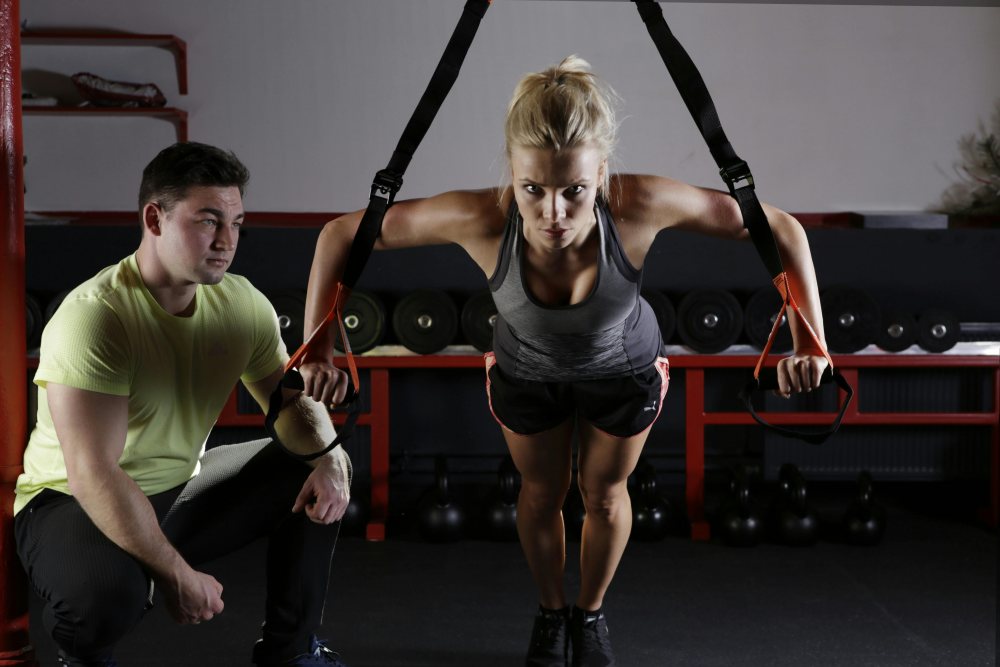Reconnecting with your body after movement
Recovery isn’t a reward—it’s part of the work. When your days are full and your workouts are squeezed between responsibilities, slowing down to care for your muscles may feel optional. Yet this is when your body rebuilds and your energy resets. Recovery keeps your routine sustainable and turns effort into progress.
Why slowing down supports strength
Soreness is your body’s signal that it’s adapting to new challenges. Small tears in muscle fibers are normal—they’re how you build strength—but they also need time and care to repair. Rushing into the next workout without recovery can cause fatigue or tightness that lingers.
Mindful recovery means paying attention: noticing how you feel, where tension builds, and when rest serves you better than more movement. When you treat this time as a ritual, your body responds with steadier energy and fewer setbacks.
A simple recovery flow for everyday movement
Building recovery into your routine doesn’t have to be complicated. These small steps make a big difference:
Cool down intentionally.
Spend five minutes walking or stretching before you stop moving completely. It helps blood flow and eases stiffness before it sets in.
Rehydrate.
Sweating depletes more than water. Add electrolytes naturally through coconut water, citrus, or a pinch of sea salt in your drink.
Release tension.
Foam rolling or gentle massage keeps fascia flexible and circulation steady. Move slowly and breathe through tender areas instead of pushing hard.
Rest deeply.
Quality sleep—seven to eight hours—activates the body’s repair cycle and restores balance in your nervous system.
Nourish muscles with mindful nutrition
What you eat after exercise can determine how quickly you recover. Pairing protein with complex carbohydrates within an hour of your workout supports muscle repair and replenishes energy.
Examples include:
-
- Greek yogurt with fruit or nuts
- Salmon and leafy greens
- Whole-grain toast with nut butter and banana
Magnesium-rich foods like spinach and avocado help muscles relax, while antioxidants from berries or peppers reduce inflammation.
If you’re unsure how to balance nutrients for your activity level, consider reaching out to a sports nutritionist near me for individualized guidance. Personalized advice can simplify meal planning and align your nutrition with your goals.
Supporting recovery with daily greens
Even with healthy meals, busy schedules can leave nutritional gaps. Some people use the best greens powder as a quick way to supplement micronutrients like magnesium, iron, and antioxidants. It’s a simple addition—not a replacement for whole foods—but it can help maintain consistency on hectic days.
Always read labels carefully and talk with your healthcare provider before adding new supplements, especially if you have specific health conditions or take medications.
Topical comfort as part of recovery care
After strenuous activity, localized soreness is common. Topical products can offer gentle, surface-level relief while your body naturally heals beneath the skin.
For larger muscle groups such as the back, thighs, or calves, a pain relief spray provides quick, even coverage without needing to rub it in. When soreness centers on smaller areas—like the neck, shoulders, or wrists—a pain relief roll-on allows more precise, controlled use.
Both are part of MEDISTIK’s line of topical pain relief products that combine cooling and warming sensations to promote comfort and circulation. These options work best as part of a broader self-care routine, not a substitute for rest or treatment.
Always check the product directions and avoid applying to broken skin.
Understanding different comfort options
Some muscle relief products rely on non-steroidal anti-inflammatory ingredients to reduce inflammation, while others provide sensory relief through menthol or natural cooling agents. A familiar example of the first category is Voltaren, which uses diclofenac for joint and muscle discomfort.
Knowing the difference helps you choose what suits your needs. For everyday post-exercise soreness, cooling or warming topicals can be helpful. For longer-lasting or chronic pain, consult a healthcare provider for the most appropriate treatment plan.
Rituals that restore balance
Recovery isn’t just physical—it’s emotional, too. Take a few quiet minutes after your workout to breathe deeply or stretch slowly. This simple act helps the body transition from exertion to relaxation.
Hydration throughout the day supports every repair process in your body. You can also think of mindfulness itself as a recovery tool—being aware of how your muscles feel, adjusting posture, and moving with intention all protect against overuse and fatigue.
If you sit often for work, short standing breaks and gentle shoulder rolls can prevent stiffness from returning.
When soreness lasts longer than expected
Most post-workout soreness eases within two or three days. Persistent pain, swelling, or numbness are cues to rest and seek advice.
Resources like what does post workout mean explain that recovery is when muscles rebuild and adapt to training. Ignoring discomfort can slow progress or lead to injury. Listening early prevents long-term setbacks.
Five small habits that speed recovery
-
- Drink water regularly instead of all at once.
- Eat a balanced snack of protein and carbs post-workout.
- Stretch or use a foam roller for a few minutes daily.
- Get consistent sleep—your best repair strategy.
- Schedule active rest days for light movement.
Simple, steady actions keep you strong without exhaustion.
FAQs
- Should I apply a topical product right after exercising?
Let your body cool for a few minutes first. Applying while you’re still overheated can make sensations feel too intense. Once your skin is dry and calm, apply as directed. - Can I use topical comfort products daily?
Yes, as long as you follow the product’s instructions. Keep skin clean, avoid broken areas, and wash hands afterward. - When should I see a healthcare professional?
If pain lasts beyond several days or limits your movement, it’s worth consulting a doctor or physical therapist to rule out strain or injury.
Closing thoughts
Recovery is an act of respect for your body. Every stretch, sip of water, and mindful pause tells your muscles they’ve done enough—and that care is part of strength. By combining rest, balanced nutrition, gentle movement, and appropriate comfort measures, you allow your body to stay strong, calm, and restored for the long run.
You Can Change Your Life by Changing Your Habits
Snag a free workbook and get inspiration on all the ways to love your life even more.
>>Click Here to Discover Additional Strategies for Managing Stress, Anxiety, and Burnout <<









